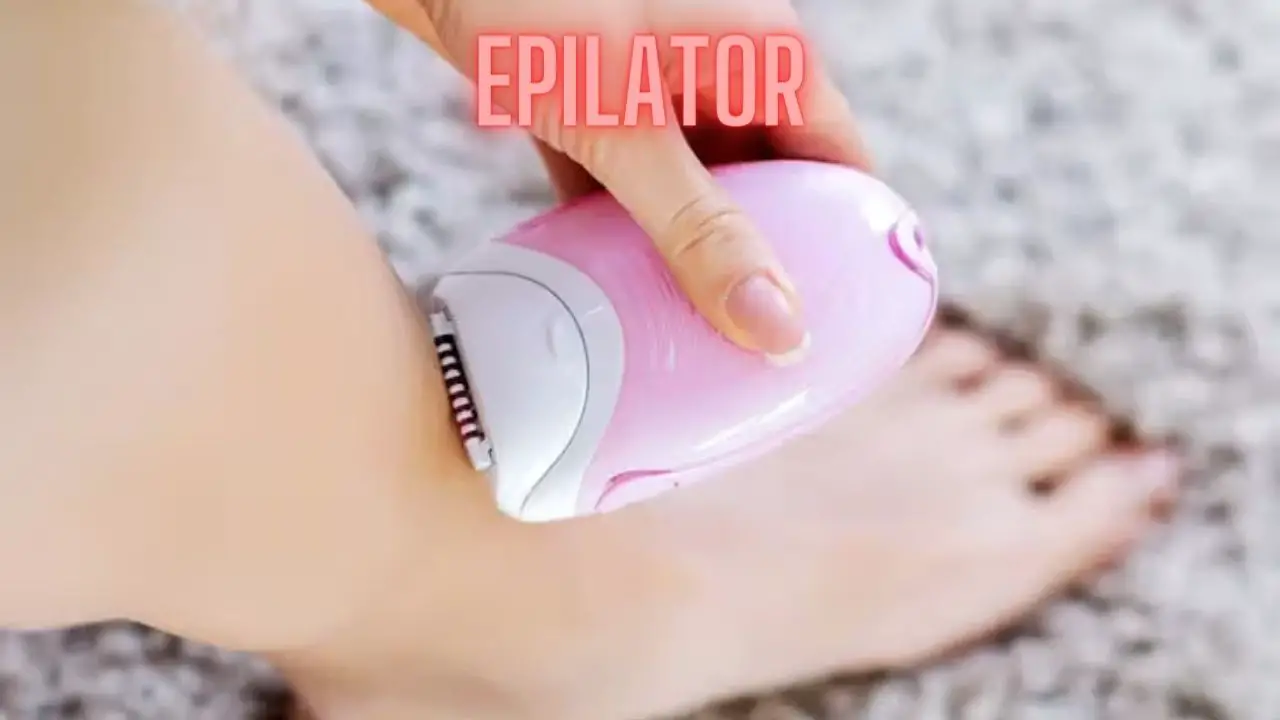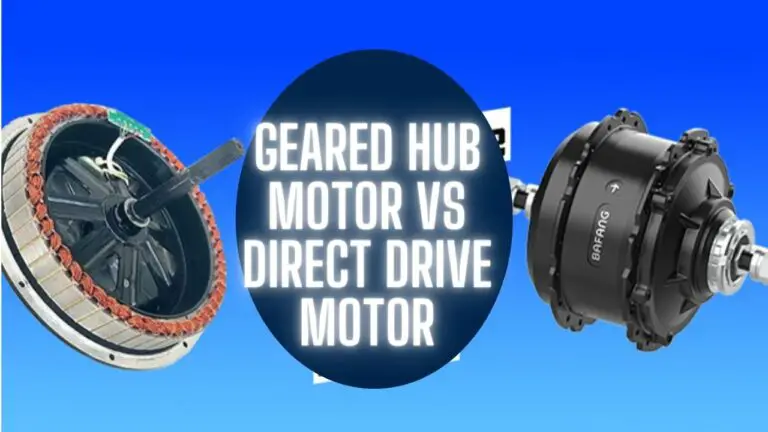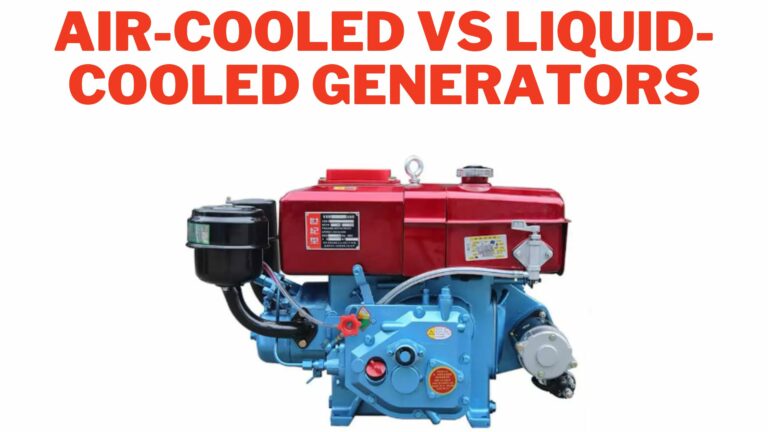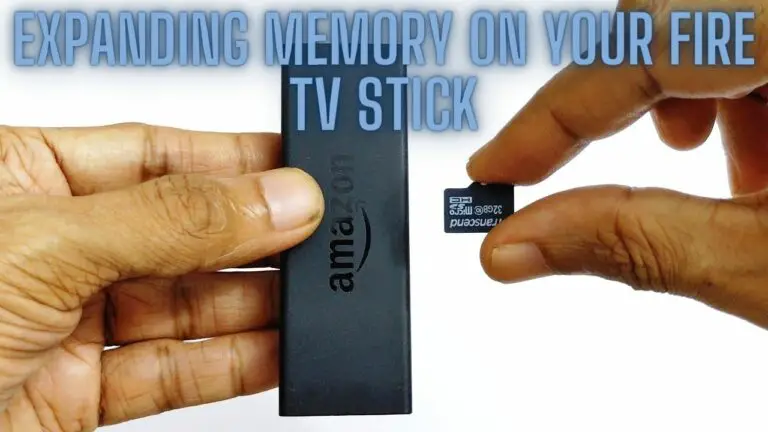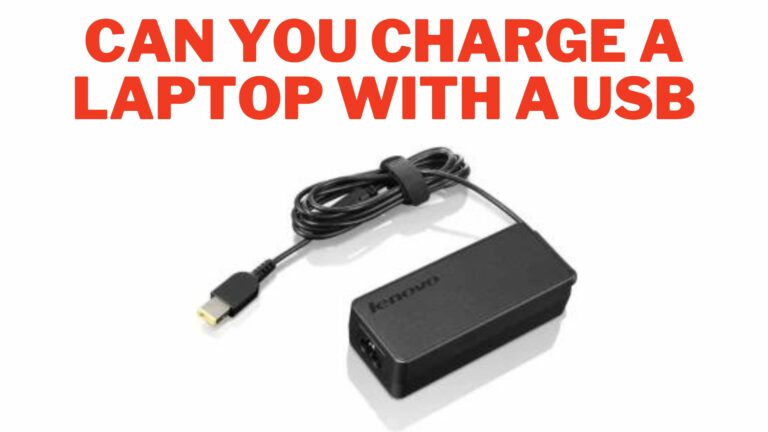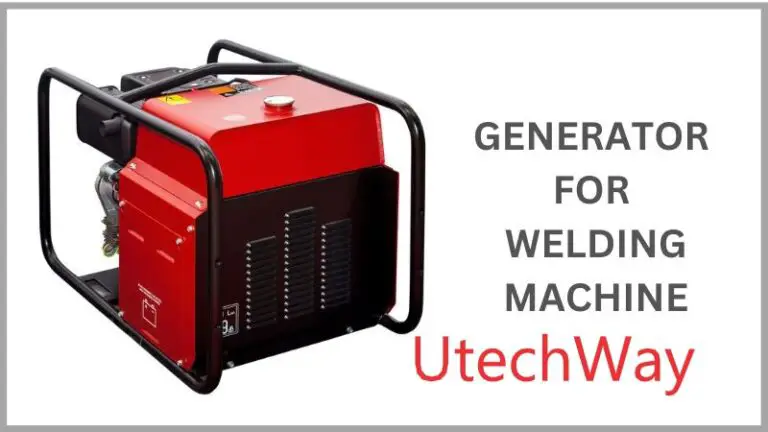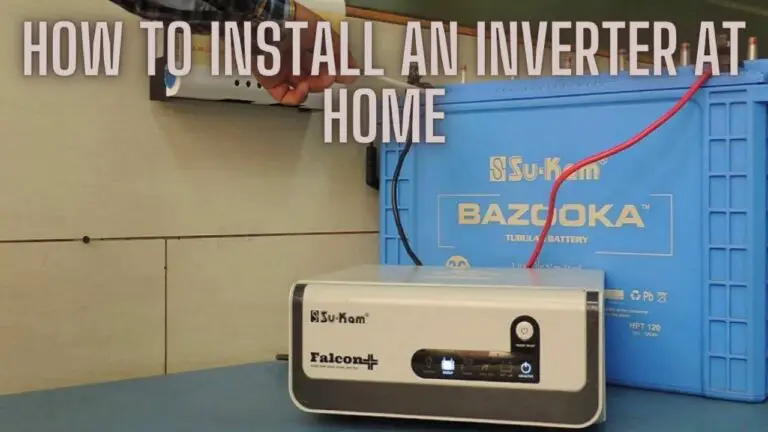Unveiling the Epilator: A Comprehensive Guide on Operation and Benefits
1. Introduction
Epilators are versatile hair removal devices that provide an efficient and long-lasting solution for removing unwanted hair from various parts of the body. Unlike traditional shaving methods that only cut hair at the surface level, epilators use mechanical tweezers or discs to pluck hair from the root, resulting in smoother skin and slower regrowth. In this guide, we will explore how epilators work, the different types available, their advantages, how to choose the right epilator for your needs, proper usage techniques, maintenance tips, and common misconceptions about epilators. Whether you’re new to epilating or looking to upgrade your hair removal routine, this guide will provide you with valuable information to help you make informed decisions and achieve smooth, hair-free skin.
How Epilators Work
Epilators work by grasping multiple hairs simultaneously and pulling them out from the root. This process is achieved through the use of mechanical tweezers or rotating discs that pluck the hair as the epilator moves over the skin. Here’s a more detailed explanation of how epilators work:
- Tweezer-Type Epilators: These epilators feature a rotating head with multiple pairs of metal or ceramic tweezers. As the epilator moves across the skin, the tweezers open and close rapidly, grasping hairs and pulling them out from the root. The number of tweezers can vary depending on the model, with some epilators containing up to 40 or more tweezers for faster hair removal.
- Rotating Disc Epilators: Instead of tweezers, rotating disc epilators use small metal or ceramic discs that spin rapidly to grab and pull out hairs. The discs are positioned at an angle to effectively catch hairs as they pass through, providing efficient hair removal with minimal discomfort.
- Spring-Type Epilators: Spring-type epilators feature a coiled spring mechanism that rotates and traps hairs as it moves across the skin. As the spring coils twist and turn, they catch hairs and pull them out from the root in a similar manner to tweezers or rotating discs.
- Wet/Dry Epilators: Some epilators are designed for use in wet environments, such as the shower or bath, while others are meant for dry use only. Wet/dry epilators typically feature waterproof construction and can be used with shaving gel or foam to reduce discomfort and irritation during hair removal.
Regardless of the type, epilators work by removing hairs from the root, which results in longer-lasting smoothness compared to shaving. With regular use, epilators can help reduce hair regrowth over time, leading to finer and sparser hair growth. However, it’s important to note that epilation can be uncomfortable, especially for first-time users or those with sensitive skin.
Types of Epilators
- Spring-Type Epilators:
- Spring-type epilators feature a coiled spring mechanism that rotates and traps hairs as it moves across the skin.
- The spring coils twist and turn, catching hairs and pulling them out from the root.
- These epilators are typically straightforward in design and are suitable for smaller areas such as the face and upper lip.
- Tweezer-Type Epilators:
- Tweezer-type epilators have a rotating head with multiple pairs of metal or ceramic tweezers.
- As the epilator moves over the skin, the tweezers open and close rapidly, grasping hairs and pulling them out from the root.
- They are available in various models with different numbers of tweezers, providing options for faster hair removal and coverage of larger areas.
- Rotating Disc Epilators:
- Rotating disc epilators use small metal or ceramic discs that spin rapidly to grab and pull out hairs.
- The discs are positioned at an angle to effectively catch hairs as they pass through, providing efficient hair removal with minimal discomfort.
- These epilators are known for their effectiveness in removing short and fine hairs.
- Wet/Dry Epilators:
- Wet/dry epilators are designed for use in wet environments such as the shower or bath, as well as for dry use.
- They feature waterproof construction and can be used with shaving gel or foam to reduce discomfort and irritation during hair removal.
- Wet/dry epilators offer versatility and convenience, allowing users to choose the most comfortable hair removal method for their needs.
- Corded vs. Cordless Epilators:
- Epilators can also be categorized based on their power source.
- Corded epilators need to be plugged into a power outlet during use, providing consistent power without the need for recharging.
- Cordless epilators are powered by rechargeable batteries and offer greater flexibility and portability. They can be used anywhere without being tethered to a power outlet.
- Specialized Epilators:
- Some epilators are designed for specific purposes, such as facial epilators for delicate areas like the eyebrows and upper lip.
- Others may have additional attachments for exfoliation, massaging, or sensitive skin to enhance the hair removal experience and skin care routine.
These are the main types of epilators available on the market, each offering different features and benefits to suit individual preferences and hair removal needs.
Advantages of Using an Epilator
- Long-Lasting Results: Epilators remove hair from the root, leading to longer-lasting results compared to shaving, which only cuts hair at the surface level. With epilation, hair regrowth is slower, and you can enjoy smoother skin for several weeks.
- Finer Regrowth: Over time, regular use of an epilator can lead to finer and sparser hair regrowth. This is because repeated epilation weakens the hair follicles, resulting in thinner and less noticeable hair.
- Convenience: Epilators offer convenience as they can be used at home at any time. You don’t need to schedule appointments or visit a salon for hair removal, saving you time and money in the long run.
- Cost-Effective: While the initial cost of an epilator may be higher than disposable razors or waxing kits, it is a one-time investment that can save you money in the long term. With proper maintenance, an epilator can last for years, eliminating the need for regular purchases of disposable hair removal products.
- Versatility: Epilators are versatile tools that can be used on various parts of the body, including legs, arms, underarms, bikini area, and even the face. Many epilators come with different attachments and settings to suit different areas and hair types.
- Less Mess and Irritation: Unlike waxing, epilation is a clean and mess-free hair removal method. There is no need for sticky wax or messy creams, reducing the risk of skin irritation and allergic reactions. Additionally, epilation does not involve harsh chemicals that may cause skin sensitivity.
- Exfoliation: Some epilators come with built-in exfoliation features or attachments that help remove dead skin cells and promote smoother, healthier-looking skin. Regular exfoliation can prevent ingrown hairs and improve overall skin texture.
- Hair Removal Anytime, Anywhere: Cordless epilators offer the flexibility to use them anywhere, whether you’re traveling, camping, or simply relaxing at home. You’re not tied to a power outlet, making epilation convenient and accessible whenever you need it.
- Reduced Ingrown Hairs: Compared to shaving, epilation reduces the risk of ingrown hairs because it removes hair from the root. By preventing hairs from growing back into the skin, epilation helps maintain smooth and bump-free skin.
Overall, the advantages of using an epilator make it a popular choice for individuals seeking an effective, long-lasting, and convenient hair removal solution.
Choosing the Right Epilator
Choosing the right epilator involves considering several factors to ensure that it meets your specific hair removal needs and preferences. Here are some key considerations to keep in mind when selecting an epilator:
- Hair Type and Thickness: Consider your hair type and thickness to choose an epilator that is suitable for your specific needs. Some epilators are designed to handle coarse or thick hair more effectively, while others are better suited for fine or sensitive hair.
- Skin Sensitivity: If you have sensitive skin, opt for an epilator that is specifically designed for sensitive skin or features gentler tweezers or discs to minimize discomfort and irritation during hair removal.
- Wet/Dry Capability: Decide whether you prefer to use your epilator in the shower or bath (wet) or prefer dry use only. Wet/dry epilators offer the flexibility to use them in wet environments, providing a more comfortable hair removal experience.
- Corded vs. Cordless: Consider whether you prefer a corded or cordless epilator. Corded epilators offer continuous power without the need for recharging, while cordless epilators provide greater flexibility and portability.
- Attachments and Accessories: Look for epilators that come with different attachments and accessories to suit various body parts and hair removal needs. Common attachments include caps for sensitive areas, massaging rollers, exfoliating brushes, and shaving or trimming heads.
- Speed Settings: Choose an epilator with adjustable speed settings to customize the hair removal experience based on your preferences and sensitivity levels. Lower speed settings are ideal for delicate areas, while higher speeds offer faster hair removal on larger areas.
- Ease of Cleaning and Maintenance: Check if the epilator is easy to clean and maintain to ensure optimal hygiene and longevity. Look for models with detachable heads or washable components for convenient cleaning under running water.
- Budget: Consider your budget and choose an epilator that offers the best value for your money. While higher-end models may come with more features and accessories, there are also budget-friendly options available that provide effective hair removal at a lower cost.
- Reviews and Recommendations: Read reviews and seek recommendations from other users to get insights into the performance, durability, and overall satisfaction with different epilator models. Online reviews and forums can be valuable resources for making informed purchasing decisions.
By considering these factors, you can narrow down your options and choose the right epilator that best suits your individual preferences, hair removal needs, and budget.
How to Use an Epilator
Using an epilator effectively requires proper technique and preparation to minimize discomfort and achieve optimal results. Here’s a step-by-step guide on how to use an epilator:
- Preparation:
- Start by taking a warm shower or bath to soften the hair and open up the pores, which can help make hair removal less painful.
- Dry your skin thoroughly before using the epilator to ensure a firm grip on the hairs.
- Exfoliation:
- Exfoliate your skin a day or two before using the epilator to remove dead skin cells and prevent ingrown hairs. This helps create a smoother surface for the epilator to glide over.
- Choose the Right Speed Setting:
- If your epilator has adjustable speed settings, start with a lower speed setting, especially if you’re new to epilation or have sensitive skin. You can gradually increase the speed as you become more comfortable with the process.
- Hold the Skin Taut:
- Hold the skin taut with your free hand to help reduce discomfort and make it easier for the epilator to grasp the hairs. This also ensures that hairs are pulled out more effectively.
- Hold the Epilator at the Right Angle:
- Hold the epilator at a 90-degree angle to the skin and move it slowly against the direction of hair growth. This allows the tweezers or discs to grab the hairs and pull them out from the root.
- Glide the Epilator Smoothly:
- Avoid pressing too hard or moving the epilator too quickly, as this can cause unnecessary pain and may not effectively remove all the hairs.
- Glide the epilator smoothly and evenly over the skin, making sure to cover the entire area you want to remove hair from.
- Repeat as Needed:
- Continue using the epilator in small sections until you’ve removed all the desired hair. It may take a few passes to achieve smooth results, especially if you have dense or coarse hair.
- Aftercare:
- After epilation, soothe the skin by applying a gentle moisturizer or aloe vera gel to help reduce redness and irritation.
- Avoid applying any products with alcohol or fragrances immediately after epilation, as they may cause stinging or irritation.
- Clean the Epilator:
- After each use, clean the epilator according to the manufacturer’s instructions to remove any hair, debris, or buildup. This helps maintain hygiene and prolongs the life of the device.
With practice and patience, you’ll become more comfortable and efficient at using the epilator, leading to smoother and longer-lasting hair-free skin.
Maintenance and Cleaning of Epilators
Proper maintenance and cleaning of your epilator are essential to ensure optimal performance, hygiene, and longevity. Here are some tips on how to maintain and clean your epilator:
- Read the Manufacturer’s Instructions: Before cleaning your epilator, carefully read the manufacturer’s instructions and follow any specific guidelines or recommendations provided.
- Turn Off and Unplug the Epilator: Before cleaning, always make sure the epilator is turned off and unplugged from the power source to avoid any accidents or injuries.
- Remove the Head: If your epilator has a removable head or attachment, gently detach it from the main body of the device. This will allow you to access the tweezers, discs, or blades for thorough cleaning.
- Brush Away Hair and Debris: Use the cleaning brush provided with your epilator or a soft-bristled brush to remove any hair, debris, or buildup from the tweezers, discs, or blades. Be gentle to avoid damaging the components.
- Wash Removable Parts: If the epilator head or attachment is waterproof, you can rinse it under running water to remove any remaining hair or residue. Alternatively, you can use a mild soap or detergent to clean the parts, ensuring they are thoroughly rinsed and dried afterward.
- Dry Completely: After cleaning, make sure all the parts of the epilator are completely dry before reassembling or storing it. Use a clean, dry cloth or towel to pat dry the components and allow them to air dry completely.
- Disinfect if Necessary: If desired or recommended by the manufacturer, you can disinfect the epilator head or attachment using rubbing alcohol or a disinfectant solution. Ensure that the parts are thoroughly dried after disinfection.
- Reassemble the Epilator: Once all the parts are clean and dry, reassemble the epilator according to the manufacturer’s instructions. Ensure that all components are securely attached and properly aligned.
- Store Properly: Store your epilator in a clean, dry, and dust-free environment when not in use. Avoid storing it in areas of high humidity or temperature extremes, as this can affect its performance and longevity.
- Regular Maintenance: Perform regular maintenance checks on your epilator to ensure that all parts are in good condition and functioning properly. Replace any worn-out or damaged components as needed to maintain optimal performance.
By following these maintenance and cleaning tips, you can keep your epilator clean, hygienic, and in good working condition for long-term use. Regular maintenance will help ensure smooth and effective hair removal results every time you use your epilator.
Common Misconceptions and FAQs about Epilators
- Do Epilators Cause Ingrown Hairs?
- While epilation can potentially cause ingrown hairs, proper exfoliation before and after epilation can help reduce the risk. Regular exfoliation helps remove dead skin cells and prevent hairs from becoming trapped beneath the skin’s surface.
- Is Epilation Painful?
- Epilation can be uncomfortable, especially for first-time users or those with sensitive skin. However, the level of discomfort varies depending on individual pain tolerance and the area being treated. Using the epilator in the shower or bath, or applying a numbing cream beforehand, can help minimize discomfort.
- Can Epilators Be Used on Facial Hair?
- Yes, there are epilators specifically designed for facial hair removal. These epilators typically come with smaller, precision heads and gentler tweezers or discs to effectively remove facial hair without causing irritation. However, it’s important to choose an epilator specifically labeled for facial use to avoid potential skin damage.
- Do Epilators Work on Short Hairs?
- Yes, many epilators are designed to effectively remove short hairs as well as longer ones. However, for best results, it’s recommended to wait until the hairs are at least 1/8 inch long to ensure proper gripping by the epilator.
- Are Epilators Suitable for All Skin Types?
- Epilators can be used on various skin types, but they may cause irritation or discomfort for individuals with extremely sensitive or reactive skin. It’s important to choose an epilator specifically designed for sensitive skin and to perform a patch test before using it on larger areas.
- Can Epilators Cause Skin Damage?
- When used correctly, epilators are generally safe and unlikely to cause skin damage. However, improper use, such as pressing too hard or using the epilator on irritated or broken skin, can lead to irritation, redness, or even minor injuries. Following proper techniques and precautions can help minimize the risk of skin damage.
- How Long Do Epilator Results Last?
- The results of epilation can last anywhere from several days to several weeks, depending on individual hair growth rates and regrowth patterns. With regular use, epilation can lead to finer and sparser hair growth over time, prolonging the time between treatments.
- Can Epilators Be Used on Bikini Area?
- Yes, many epilators come with attachments specifically designed for use on the bikini area. However, it’s important to exercise caution and use the epilator carefully in this sensitive area to avoid discomfort or irritation.
By addressing these common misconceptions and FAQs, individuals can make informed decisions about using epilators and achieve smoother, longer-lasting hair removal results.
12. Conclusion
Epilators have emerged as effective tools for at-home hair removal, offering long-lasting results comparable to salon treatments. Understanding how epilators work, the different types available, and essential tips for usage can empower individuals to make informed decisions about incorporating epilation into their grooming routine. As technology continues to advance, the future promises even more innovative and user-friendly epilation solutions for those seeking smooth, hair-free skin.

